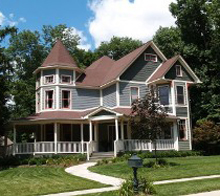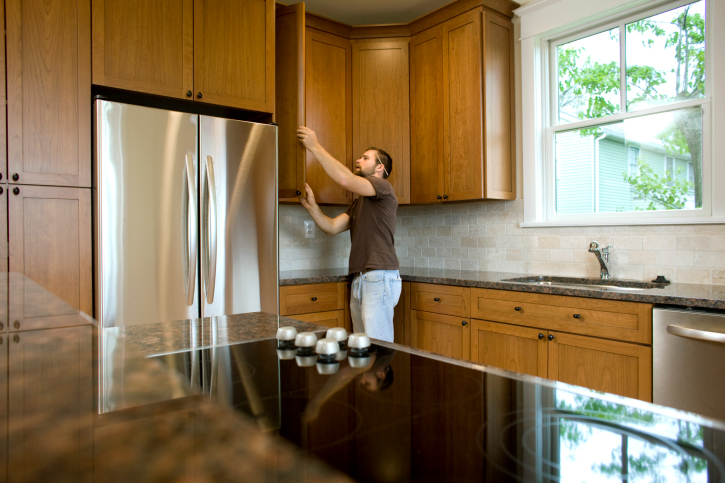Selling to Millennials: Three High-Tech Upgrades That Will Increase Your Home’s Appeal to Young Buyers
 Millennials are finally starting to enter the real estate market after delaying home purchases for several years. With a completely new client base looking for homes, it is time to start making your home more appealing to these young buyers.
Millennials are finally starting to enter the real estate market after delaying home purchases for several years. With a completely new client base looking for homes, it is time to start making your home more appealing to these young buyers.
Millennials are used to using high-tech gadgets every day, so they are going to desire these things in their new home. While there are several high-tech upgrades you can make on your home, these three will appeal the most to young homebuyers.
Keyless Entry: Security for the New Millennium
Keyless entry doors are becoming a popular way of keeping a home secure while adding that great “wow” factor. These keyless entry systems mean there’ll be no more fumbling for keys when all you want to do is get in the door. It may seem like something out of a sci-fi film, but several companies have mastered the art of keyless entry doors that you can use in your home today.
The door automatically locks when it is shut, and you will need the correct fingerprint to unlock the door. If you could show off a keyless entry system at your open house, you would immediately pique the interest of every young buyer interested in technology.
A Home Security System is a Great Practical Addition
A high-tech home security system will certainly make your home more appealing to young buyers, who may even be thinking about having children in the near future. No matter how safe your neighborhood is, everyone is always looking to feel more secure at home. Placing a few security cameras around the exterior of your home will allow you to know what is happening outside at all times, and buyers will love having that peace of mind.
Home Energy Monitor: For the Eco-Conscious Generation
Young people are extremely conscious of the environment, so they would love seeing a home energy monitor when shopping for a new home. A home energy monitor is able to track the energy use of every aspect of your home.
If you think your air conditioner is not running efficiently, a home energy monitor can tell you whether or not you’re right. Since young people know about the dangers of improper energy use, they will want to make the home as efficient as possible.
Millennials are slowly entering the real estate market, and although they are starting to look at homes, you’ll face a lot of competition from other homeowners looking to pass properties onto this new generation. These three upgrades will increase your home’s value and make it more appealing to Millennial buyers.
 Last week’s economic news included several housing-related reports that provided mixed results with lower than expected sales of previously owned homes and higher than expected sales of new homes. The FHFA also released its House Price report for July, which noted that year-over-year home prices were lower than year-over-year prices reported in June. Here’s a look at the details:
Last week’s economic news included several housing-related reports that provided mixed results with lower than expected sales of previously owned homes and higher than expected sales of new homes. The FHFA also released its House Price report for July, which noted that year-over-year home prices were lower than year-over-year prices reported in June. Here’s a look at the details: It’s not uncommon for homebuyers to recount horror stories about properties that appeared to be fine at first glance, but were actually hiding very expensive problems. If you fail to do your due diligence, you might find your dream house turning into a nightmare. The next time you walk through a house, pay attention for these five signs that the property might be hiding a unfortounate secret or two.
It’s not uncommon for homebuyers to recount horror stories about properties that appeared to be fine at first glance, but were actually hiding very expensive problems. If you fail to do your due diligence, you might find your dream house turning into a nightmare. The next time you walk through a house, pay attention for these five signs that the property might be hiding a unfortounate secret or two.